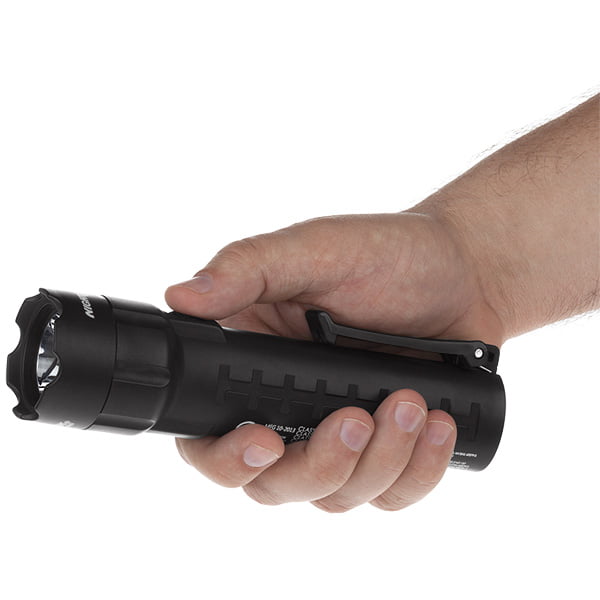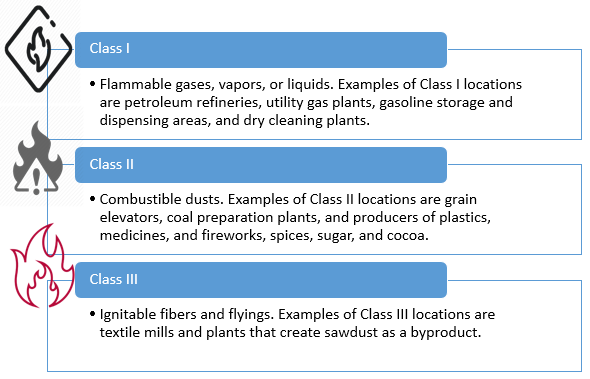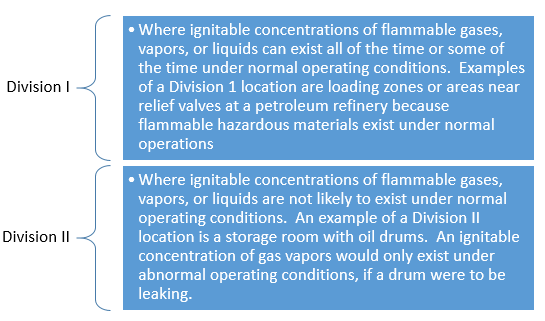Kyle is working inside a sewage plant with very limited illumination. He’s inspecting pipes and cables. Something caught his attention and he needs to examine it carefully. He whips out his flashlight bought from a friendly neighborhood store. A dangerous and serious mistake.
What Kyle needs is an Intrinsically Safe Flashlight.

Intrinsically Safe flashlights are designed to be used within hazardous environments where ignitable gases and vapors, dusts, or fibers can be present in the air.
What does intrinsically safe mean?
It means that the flashlight is designed not to produce sparks, or at least not to produce sparks that have enough energy to ignite the surroundings.
Intrinsically Safe (IS) Standard:
- There are international safety standards that certify light systems as intrinsically safe
- FM approvals, the independent testing arm of international insurance carriers, issues certifications (FM3610 certification) for products that meet their standards in scientific tests
- American National Standards Institute issues standards for “Explosive Atmospheres Performance” (ANSI/ISA 60079-1 standards)
- United Laboratories (UL) issues certification for lighting that is explosion-proof in hazardous atmospheres (UL 1203)
- In addition, the National Electrical Code (NEC) provides guidelines to electricians and others who install lighting in hazardous areas
An intrinsically safe rating means that the electronics or wiring contained within the equipment can not spark at all.
- The lighting cannot accumulate enough energy to ignite the gas or vapor at its location
- The surface temperature of the equipment that powers the lighting cannot get high enough to ignite the gas or vapor in its location
Classes:
Classes designate what hazardous materials are present that could cause an explosion.

Division:
Divisions designate the probability that an explosion will occur. When a hazardous material is expected to be present in everyday operations, the condition is called normal (Division 1). When a hazardous material will be present only through an accidental rupture or faulty operation, that condition is called abnormal (Division 2).

Feel free to check our collection of Intrinsically Safe Flashlight Here in partnership with the world’s most reputable brands including Nightstick, AE Light, and CorDEX. If you want to know more about our products, email us at sales@intrinsicallysafestore.com


























